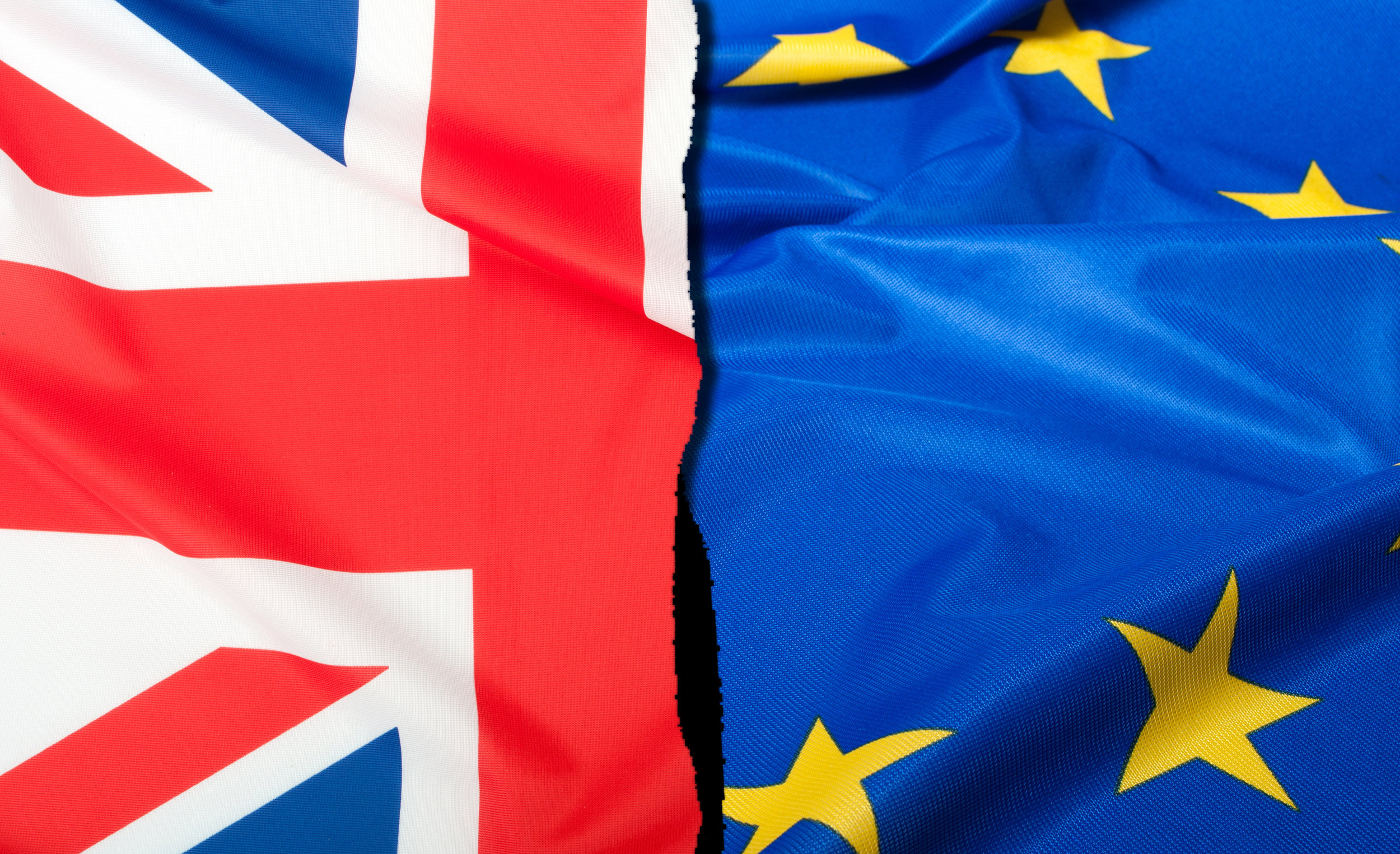Brexit - How high are the stakes?
By Lissa Oliver
When Britain submitted its notice to withdraw from the EU in March 2017, one of the biggest issues became border control and movement of horses, particularly between the EU Republic of Ireland and its bordering British Northern Ireland. A hard border between the adjoining counties of Ireland presents its own physical and political difficulties, but any restriction on the movement of horses between Ireland, Britain, and mainland Europe gives rise to problems that affect us all.
The uncertainty of border control also impacts on the safety of the national herd and disease control. The main principle of the Tripartite Agreement was to prevent the spread of disease and that, as Irish Horseracing Regulatory Board’s chief veterinary officer Dr Lynn Hillyer reminds us, is crucial and arguably the biggest issue when it comes to Brexit negotiations.
Dr Lynn Hillyer
Currently, 10,000 horses move freely between the UK and Ireland every year. Seven thousand horses move overland between the Republic of Ireland (EU) and Northern Ireland (GB); 5,100 horses move between Ireland and France, the majority using Britain as a land bridge; and 5,000 horses move between Britain and France, according to Horse Racing Ireland (HRI) figures. Such freedom of movement is dependent upon the Tripartite Agreement, which will no longer be valid after 30th March 2019.
The Tripartite Agreement simplified the travel of horses between France, Britain, and Ireland and reduced the cost of moving horses between the three countries, allowing racehorses to be shipped without pre-movement veterinary checks and certification, and without the requirement for isolation and quarantine periods at their destinations.
“It’s not just about movement, it’s the protection of the herd against disease, and it’s absolutely critical that’s protected,” warns Dr Hillyer, who has been working with her French counterparts in ensuring that safeguards are in place in advance of the end of the Tripartite Agreement. “There has been added pressure on us because of the enormity of movement involved.”
Adding to the difficulty in resolving issues has been the British government’s reluctance to commit to decisions and state definite demands. MEP Mairead McGuinness has been advocating on behalf of Ireland and warned in January at the Irish Thoroughbred Breeders Association (ITBA) National Symposium, “We hope when we sit down to negotiate, common sense will prevail, but the EU is not prepared to tweak its principles to accommodate the UK. If we cannot overcome our problems, there will be real difficulties for your industry.”
Fortunately, there has been a concerted team effort between all sectors of the thoroughbred industry in France and Ireland as they united to draw up a proposal to replace the Tripartite Agreement. Rather than sit back and wait, they decided to put together a draft for an improved alternative to the Agreement, the High Health Status (HHS) document for horses. “What is lovely is how the racing bodies and breeding associations have all pulled together, and that’s something that has come through the talks really strongly,” Dr Hillyer says.
Working with the Turf Club were HRI, the ITBA, Horse Sport Ireland – the representative body for the sport horse sector of show jumpers, dressage, and eventers – and France Galop. Paul Marie Gadot, head of the horses and control department at France Galop, explains, “The EU Commission draft doesn’t fulfil all our wishes as the breeding stock isn’t included in their proposal. A lot of work is still to be done. To be clear, we are working on an expedited movement system for high health horses.
“Currently, we are going to suggest a solution to the European Commission, which is working on the new legislation regarding movements of horses in the European Community and with the third countries. Actually, we are trying to address the modification of the European Law regarding horse movement, which isn’t linked to the Brexit negotiations. This way is more technical and also safer. I will be happy when a new system allowing easy horse movements will be in place.”
Both Dr Hillyer and Gadot have been happy with the level of awareness and support from their respective governments. “Our contacts in the Department of Environment, Food and Rural Affairs (DEFRA) have been fantastic and their response to our queries have come back by return,” says Dr Hillyer.
“The public information seminars here are probably less frequent than in Ireland,” agrees Gadot. “The preparatory work is done with the representatives of the equine industry, especially at racing and breeding levels, and we are in permanent contact with the hard core in charge of preparing the future of racing and breeding in Ireland and UK.

